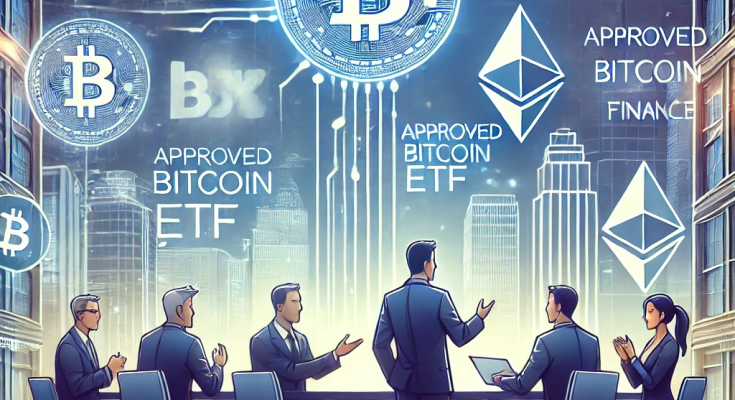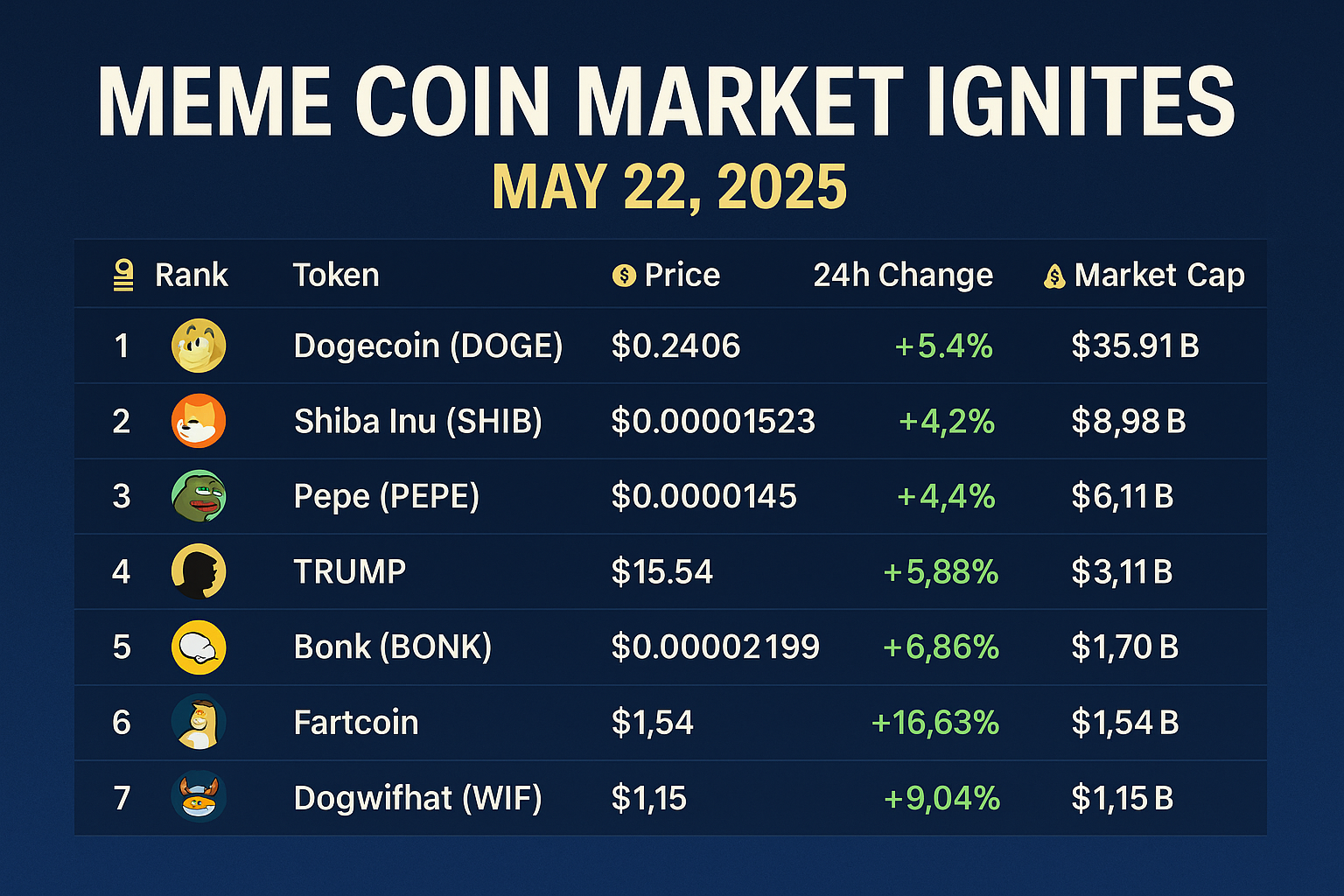Introduction
The cryptocurrency industry is experiencing a new era of regulatory clarity, leading to increased institutional adoption and mainstream financial integration.
After years of uncertainty and fragmented policies, governments and financial regulators are now defining clear rules around digital assets. This shift is attracting banks, hedge funds, and payment giants like Visa, PayPal, and BlackRock into the crypto space.
With regulations providing stability and institutions driving liquidity, cryptocurrency is evolving from a niche asset class into a legitimate component of global finance.
In this article, we’ll explore how regulatory clarity is shaping crypto adoption, why traditional finance is investing in digital assets, and what the future holds for institutional crypto integration.
1. The Impact of Regulatory Clarity on Crypto Markets
For years, the lack of clear regulations hindered institutional adoption of cryptocurrencies. However, in 2024 and 2025, governments worldwide are implementing well-defined frameworks to guide the industry.
Key Regulatory Developments in 2025
🔹 U.S. Crypto Regulation Progress
✅ The SEC approved multiple Bitcoin and Ethereum ETFs, enabling institutional investors to gain crypto exposure without direct ownership.
✅ Stablecoin regulations have been introduced, requiring issuers to hold 1:1 fiat reserves for greater transparency.
✅ The Commodity Futures Trading Commission (CFTC) now recognizes Bitcoin and Ethereum as commodities, providing clarity on their regulatory oversight.
🔹 European Union’s MiCA Framework
✅ The Markets in Crypto-Assets (MiCA) Regulation has established standardized rules for crypto exchanges, custodians, and stablecoin issuers across all EU member states.
✅ DeFi protocols and NFT marketplaces are under new compliance guidelines to ensure anti-money laundering (AML) protections.
🔹 Asia’s Expanding Crypto Adoption
✅ Hong Kong and Singapore are leading the way with pro-crypto regulations, attracting global businesses.
✅ Japan has relaxed taxation laws for crypto firms, encouraging institutional investment.
💡 Example: BlackRock launched its first Bitcoin spot ETF after receiving regulatory approval, making it easier for institutional clients to invest in crypto.
2. Why Traditional Finance is Embracing Crypto
Major financial institutions once viewed cryptocurrency as high-risk and speculative, but clearer regulations and increasing demand have changed that perception.
A. Crypto as an Institutional Investment Asset
Institutional investors now see Bitcoin and Ethereum as legitimate alternative assets, similar to gold and equities.
📈 Bitcoin ETFs provide traditional investors with secure, regulated exposure to crypto.
🏦 Hedge funds and pension funds are allocating capital to digital assets as part of diversified portfolios.
🔹 Goldman Sachs, JPMorgan, and Fidelity now offer crypto investment services to clients.
💡 Example: Morgan Stanley increased its crypto portfolio holdings after the approval of Bitcoin ETFs, citing demand from high-net-worth clients.
B. Stablecoins and Cross-Border Payments
Stablecoins, such as USDC and Tether (USDT), are being used for faster, low-cost cross-border transactions, reducing reliance on traditional banking systems.
🔹 Visa and Mastercard now process stablecoin payments directly on their networks.
🔹 Central banks are piloting Central Bank Digital Currencies (CBDCs) to modernize the global payment system.
🔹 International remittances are adopting stablecoin solutions for near-instant transfers with minimal fees.
💡 Example: PayPal introduced its own USD-backed stablecoin (PYUSD), allowing users to send and receive crypto seamlessly.
C. The Rise of Tokenization in Traditional Finance
Financial institutions are leveraging blockchain technology for tokenization—the process of digitizing real-world assets (RWA) on blockchain networks.
🔹 Tokenized bonds, stocks, and real estate offer greater liquidity and efficiency.
🔹 Decentralized finance (DeFi) integrations enable institutional lending, staking, and yield strategies.
🔹 Governments and banks are experimenting with blockchain-based settlement systems.
💡 Example: The London Stock Exchange (LSE) announced plans to offer tokenized securities, allowing institutions to trade digitized assets with greater speed and transparency.
3. Challenges & Risks in Institutional Crypto Adoption
Despite growing adoption, institutional investors still face challenges in fully integrating crypto into traditional finance.
⚠️ Regulatory Differences Across Countries → Varying rules create inconsistencies in global crypto adoption.
⚠️ Security & Custody Concerns → Institutions require robust custody solutions to prevent hacks and fraud.
⚠️ Volatility & Market Uncertainty → Crypto markets remain highly volatile compared to traditional assets.
💡 Solution: Institutional-grade custody solutions like Coinbase Custody and Fidelity Digital Assets are addressing security risks, while regulated exchanges ensure compliance with global financial standards.
4. The Future of Institutional Crypto Adoption
The next phase of institutional adoption will focus on wider financial integration and mainstream acceptance.
🔮 Institutional DeFi (Decentralized Finance) – Traditional finance firms will interact directly with DeFi protocols for yield generation and lending.
🔮 Mass Tokenization of Assets – Stocks, bonds, and real estate will be digitized on blockchain networks.
🔮 Greater Crypto-Fiat Interoperability – Banks will offer crypto savings accounts and blockchain-powered settlement systems.
🔮 Retail & Institutional Merging – Traditional investors and crypto-native traders will access the same blockchain-powered financial services.
💡 Example: The New York Stock Exchange (NYSE) is exploring tokenized securities, potentially allowing investors to trade stocks using blockchain technology.
Regulatory clarity is fueling institutional adoption of crypto, transforming digital assets into a mainstream investment class.
Key Takeaways:
✔️ Governments are providing clear regulations, boosting institutional confidence in crypto markets.
✔️ Traditional finance giants like BlackRock, Visa, and JPMorgan are integrating crypto into their services.
✔️ Stablecoins and tokenization are revolutionizing payments and asset trading.
✔️ Despite regulatory challenges, institutional adoption of crypto is set to accelerate in 2025 and beyond.
As the crypto industry matures, its integration with traditional finance will reshape global markets, making digital assets more accessible, secure, and mainstream.



